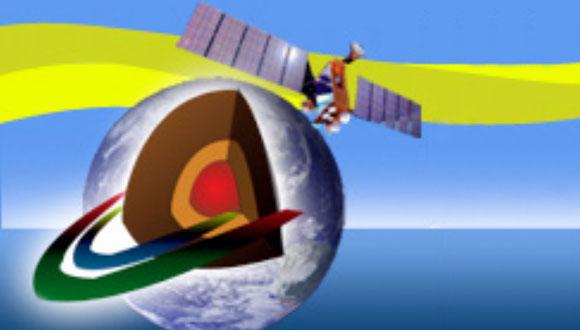סמינר בחוג לגיאופיזיקה: Wind-wave and infra-gravity wave generation, evolution and reflection — an attempt to acquire a more wholesome understanding from theoretical, modelling and field measurement perspectives
Yaron Toledo, Marine Engineering and Physics laboratory (MEP lab), School of mechanical engineering, TAU
Abstract:
Infra-gravity waves are waves that lie outside of the wind-wave spectral regime. They are related to longer wave periods of few tens to few hundreds of seconds. Even though their wave heights are an order of magnitude lower than the ones in the wind wave spectral peak, their comparably large wavelengths (O(1-10km) depending on the bottom depth) can largely influence marine conditions due to basin resonances, harbor agitations and their influence on beach morphology. Infra-gravity waves are too long to be generated directly by the wind (hence their name) and are currently believed to be generated mostly via triad interactions as part of the nonlinear wave shoaling process in the near-shore region.
An investigation of infra-gravity waves will be discussed and inspected in a wholesome manner combining theoretical, modelling and field measurements perspectives. It will go over a new nonlinear physical mechanism for their nonlinear generation in deep water, and their linear and nonlinear shoaling processes on the continental shelf, on the near-shore region and their penetration to Haifa port (Israel). A consistent stochastic model extension fitting for extending wave forecasting models to account for nonlinear wave shoaling of the entire wind-wave and infra-gravity wave regimes from intermediate to shallow water will be presented.
The common knowledge is that it is impossible for wave triads to close the resonance conditions in deep water in the absence of ambient currents. This is due to the nature of the deep water dispersion relation. However, by taking into account changes of the wave field in time and space (such as wave growth due to wind input), it will be presented here that waves are able to close a triad resonance conditions in deep water due to the inhomogeneity of the wave field. This is done in a similar way to their capability to close a resonance interactions in intermediate and shallow water due to changes of bathymetry.
The mathematical basis for a new bottom reflection source term fitting for the entire spectral regime including infra-gravity waves will be described and discussed. The ecliptic mild-slope equation (MSE) is written in form of two coupled hyperbolic equations — one for the incident wave and the other for a reflected component. Assuming small reflection, a perturbation approach is applied resulting in the decoupling of the equations to two separate wave-action equations in the leading order. The solution of the second order equation results in a source term accounting for wave reflection. The approximation shows good results in comparison to the MSE.
In addition, MEP lab’s infra-structure and a multi-instrument field campaign (using deep mooring and nearshore ADCPs, a wave buoy, pressure gauges, wave staves and and oceanographic radars) for investigating wind-wave and infra-gravity wave evolution will also be presented. The campaign combines measurements in the Levantine basin off Israel’s continental shelf, right outside Haifa bay, inside the bay and within the Haifa port. The campaign plans will be presented and preliminary measurement results will be discussed.
מארגן הסמינר: פרופ' איל חפץ


